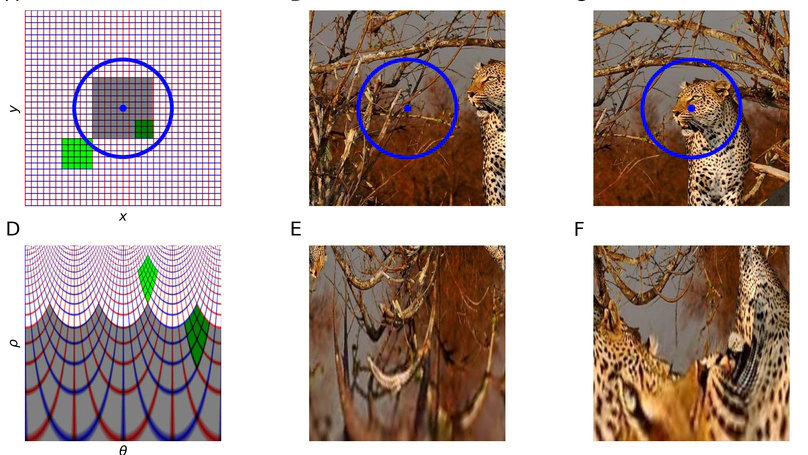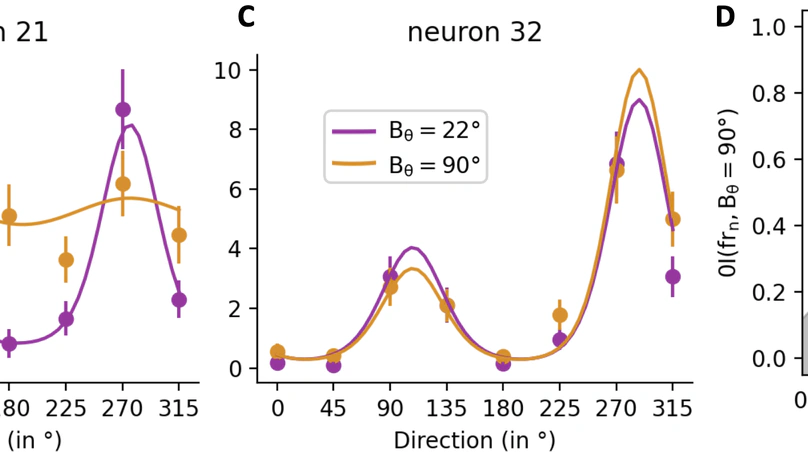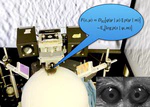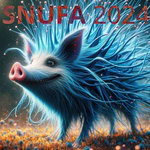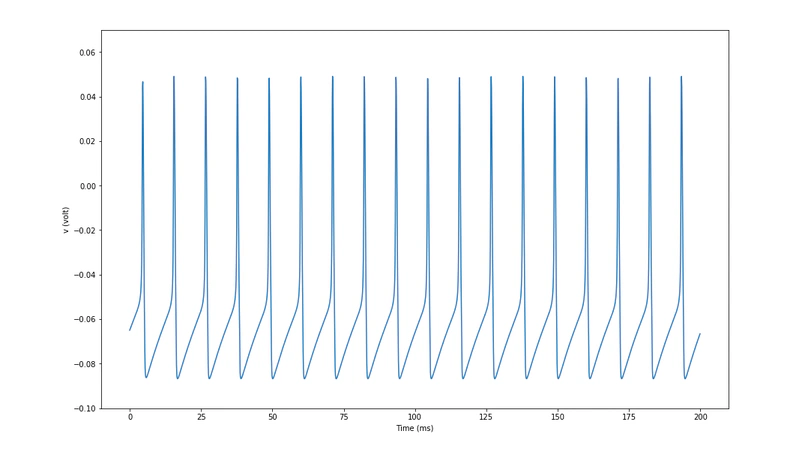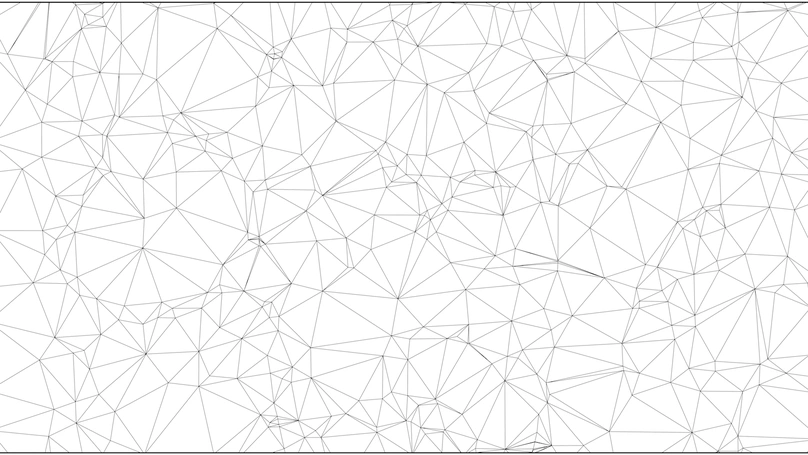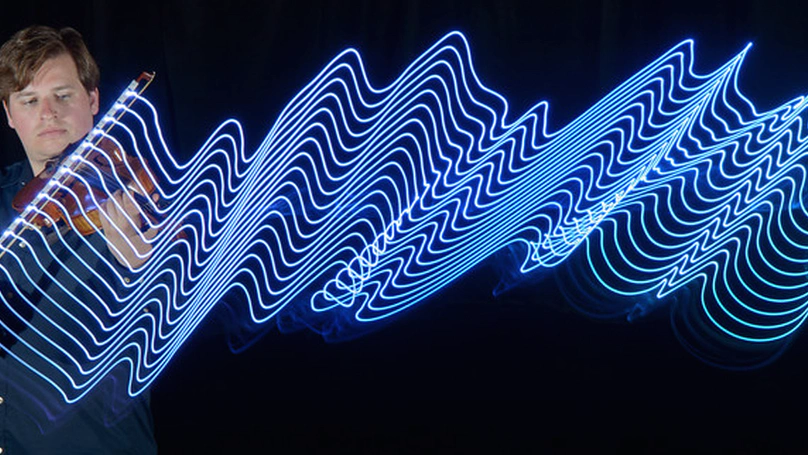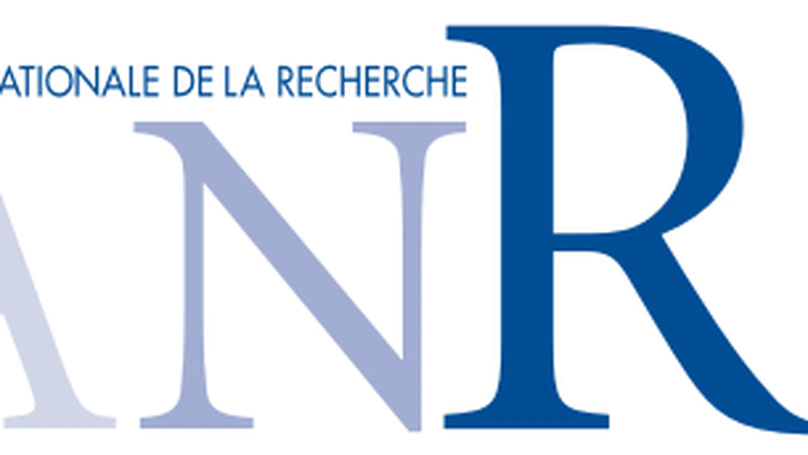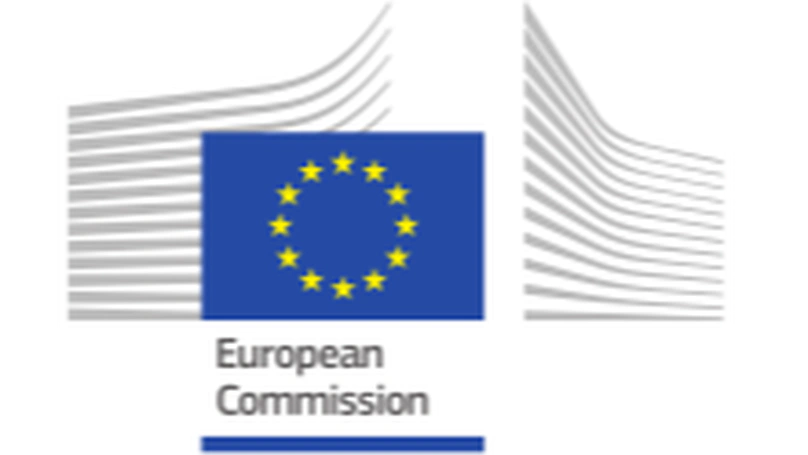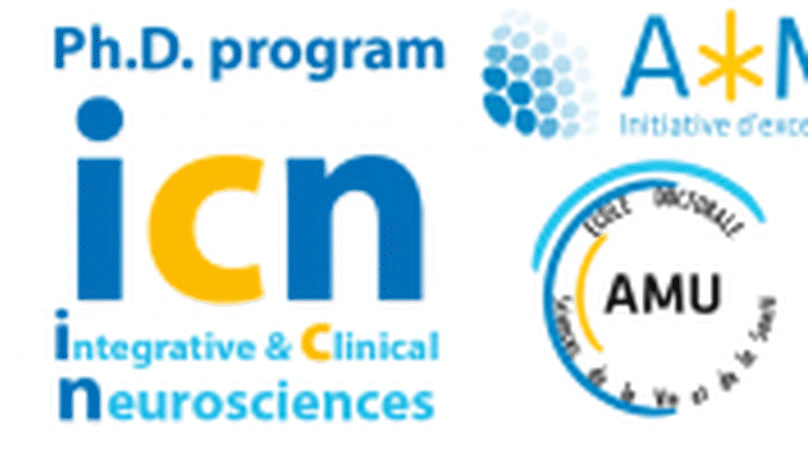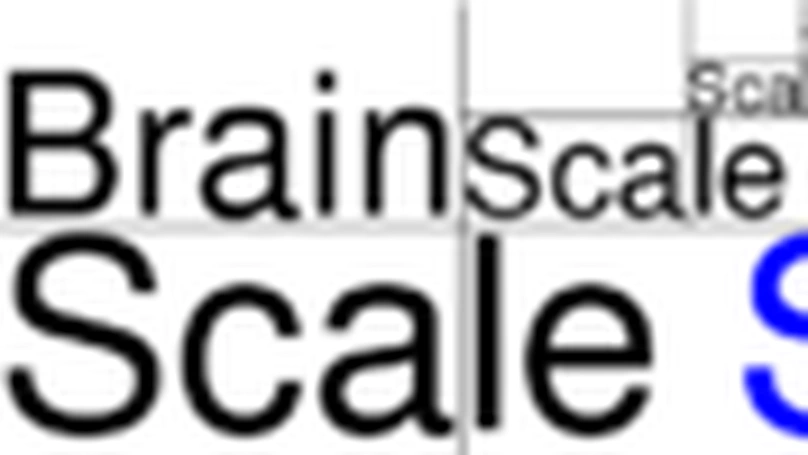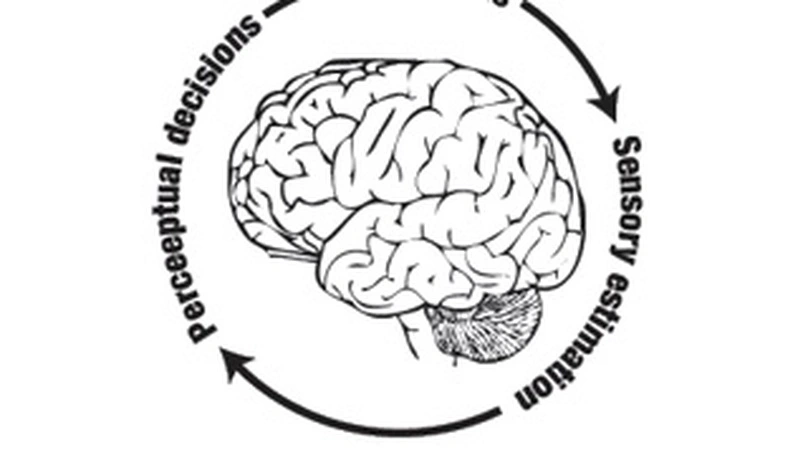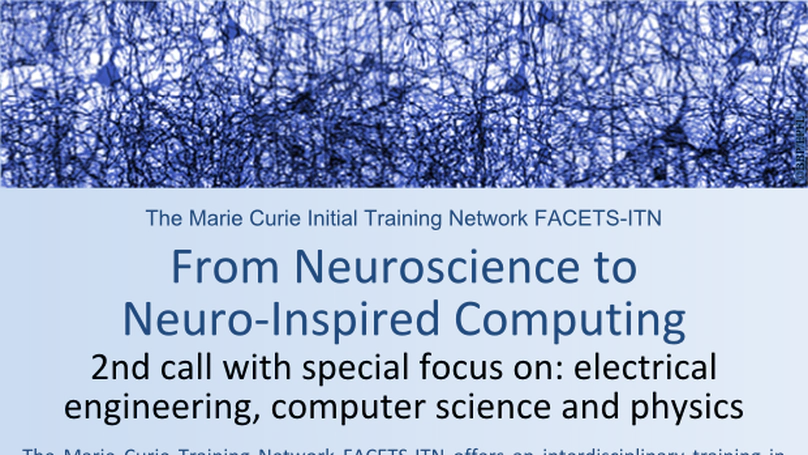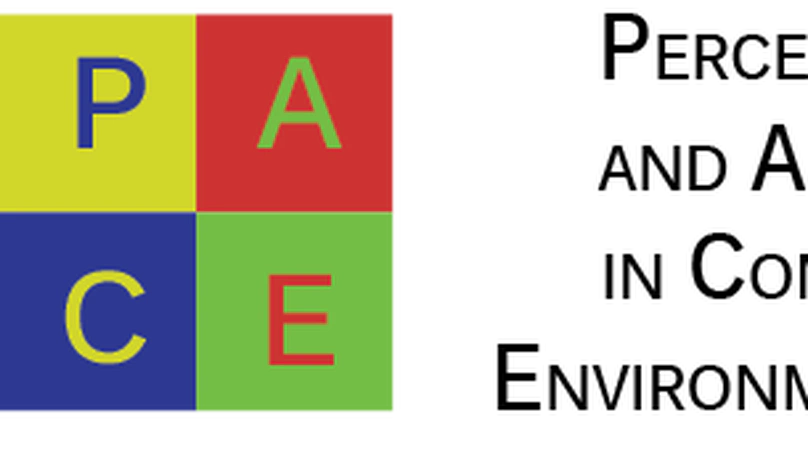Next-generation neural computations
Brains are not like computers. Our brains can quickly and easily spot familiar objects, like keys in a messy room, with very little effort. In contrast, even the best computers struggle to do this as fast or efficiently. This difference shows just how much more we need to learn about how our brains work to create smarter artificial intelligence.
To bridge the gap between neuroscience and Artificial Intelligence (AI), I seek to harness the efficiency of vision by understanding how neural computations govern sensory processes like vision and behavioral responses like eye movements.
Follow me on

Biography
Laurent Perrinet is a computational neuroscientist specialized in large scale neural network models of low-level vision, perception and action, currently at the “Institut de Neurosciences de la Timone” France (UMR 7289, a joint research unit (UMR7289, CNRS / Aix-Marseille Université). He co-authored more than 55 articles in computational neuroscience and computer vision. He graduated from the aeronautics engineering school SUPAERO, in Toulouse (France) with a signal processing and applied mathematics degree. He received a PhD in Cognitive Science in 2003 on the mathematical analysis of temporal spike coding of images by using a multiscale and adaptive representation of natural scenes. His research program is focusing in bridging the complex dynamics of realistic, large-scale models of spiking neurons with functional models of low-level vision. In particular, as part of the FACETS and BrainScaleS consortia, he has developed experimental protocols in collaboration with neurophysiologists to characterize the response of population of neurons. Recently, he extended models of visual processing in the framework of predictive processing in collaboration with the team of Karl Friston at the University College of London. This method aims at characterizing the processing of dynamical flow of information as an active inference process. His current challenge within the NeOpTo team is to translate, or compile in computer terminology, this mathematical formalism with the event-based nature of neural information with the aim of pushing forward the frontiers of Artificial Intelligence systems.
- Computational Neuroscience
- Machine Learning
- Vision
Habilitation à diriger des recherches, 2014
Aix-Marseille Université
PhD. in Cognitive Science, 2003
Université P. Sabatier, Toulouse, France
M.S. in Engineering, 1998
SupAéro, Toulouse, France
Lastest Publications

The visual systems of animals work in diverse and constantly changing environments where organism survival requires effective senses. To study the hierarchical brain networks that perform visual information processing, vision scientists require suitable tools, and Motion Clouds (MCs)—a dense mixture of drifting Gabor textons—serve as a versatile solution. Here, we present an open toolbox intended for the bespoke use of MC functions and objects within modeling or experimental psychophysics contexts, including easy integration within Psychtoolbox or PsychoPy environments. The toolbox includes output visualization via a Graphic User Interface. Visualizations of parameter changes in real time give users an intuitive feel for adjustments to texture features like orientation, spatiotemporal frequencies, bandwidth, and speed. Vector calculus tools serve the frame-by-frame autoregressive generation of fully controlled stimuli, and use of the GPU allows this to be done in real time for typical stimulus array sizes. We give illustrative examples of experimental use to highlight the potential with both simple and composite stimuli. The toolbox is developed for, and by, researchers interested in psychophysics, visual neurophysiology, and mathematical and computational models. We argue the case that in all these fields, MCs can bridge the gap between well- parameterized synthetic stimuli like dots or gratings and more complex and less controlled natural videos.
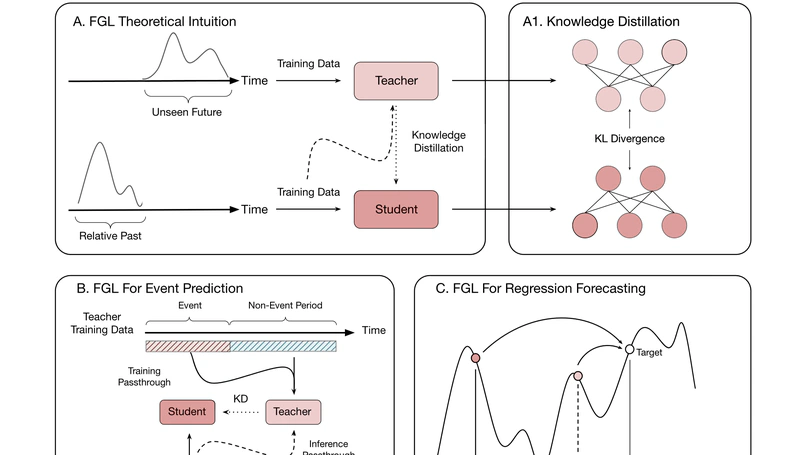
Accurate time-series forecasting is essential across a multitude of scientific and industrial domains, yet deep learning models often struggle with challenges such as capturing long-term dependencies and adapting to drift in data distributions over time. We introduce Future-Guided Learning, an approach that enhances time-series event forecasting through a dynamic feedback mechanism inspired by predictive coding. Our approach involves two models: a detection model that analyzes future data to identify critical events and a forecasting model that predicts these events based on present data. When discrepancies arise between the forecasting and detection models, the forecasting model undergoes more substantial updates, effectively minimizing surprise and adapting to shifts in the data distribution by aligning its predictions with actual future outcomes. This feedback loop, drawing upon principles of predictive coding, enables the forecasting model to dynamically adjust its parameters, improving accuracy by focusing on features that remain relevant despite changes in the underlying data. We validate our method on a variety of tasks such as seizure prediction in biomedical signal analysis and forecasting in dynamical systems, achieving a 40% increase in the area under the receiver operating characteristic curve (AUC-ROC) and a 10% reduction in mean absolute error (MAE), respectively. By incorporating a predictive feedback mechanism that adapts to data distribution drift, Future-Guided Learning offers a promising avenue for advancing time-series forecasting with deep learning.
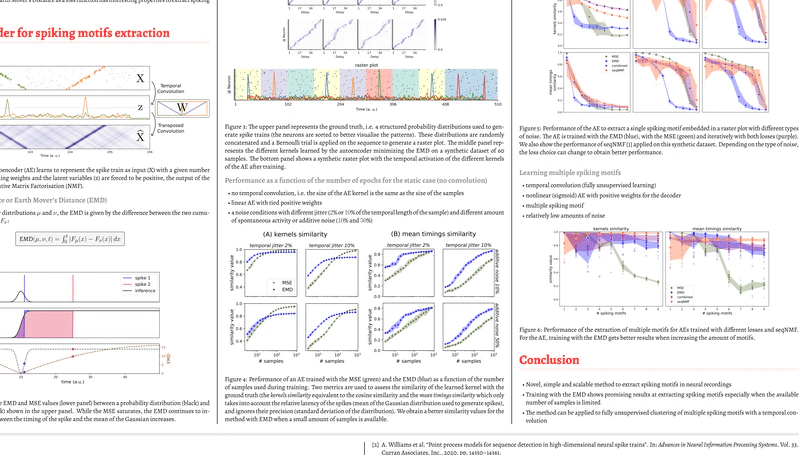
Temporal sequences are an important feature of neural information processing in biology. Neurons can fire a spike with millisecond precision, and, at the network level, repetitions of spatiotemporal spike patterns are observed in neurobiological data. However, methods for detecting precise temporal patterns in neural activity suffer from high computational complexity and poor robustness to noise, and quantitative detection of these repetitive patterns remains an open problem. Here, we propose a new method to extract spike patterns embedded in raster plots using a 1D convolutional autoencoder with the Earth Mover’s Distance (EMD) as a loss function. Importantly, the properties of the EMD make the method suitable for spike-based distributions, easy to compute, and robust to noise. Through gradient descent, the autoencoder is trained to minimize the EMD between the input and its reconstruction. We then expect the weight matrices to learn the repeating spike patterns present in the data. We validate our method on synthetically generated raster plots and compare its performance with an autoencoder trained using the Mean Squared Error (MSE) as a loss function. We show that the method using the EMD performs better at detecting the occurrence of the spike patterns, while the method using the MSE is better at capturing the underlying distributions used to generate the spikes. Finally, we propose to train the autoencoder iteratively by sequentially combining the EMD and the MSE losses. This sequential approach outperforms the widely used seqNMF method in terms of robustness to various types of noise, speed and stability. Overall, our method provides a novel approach to reliably extract repetitive temporal spike sequences, and can be readily generalized to other sequence detection applications.
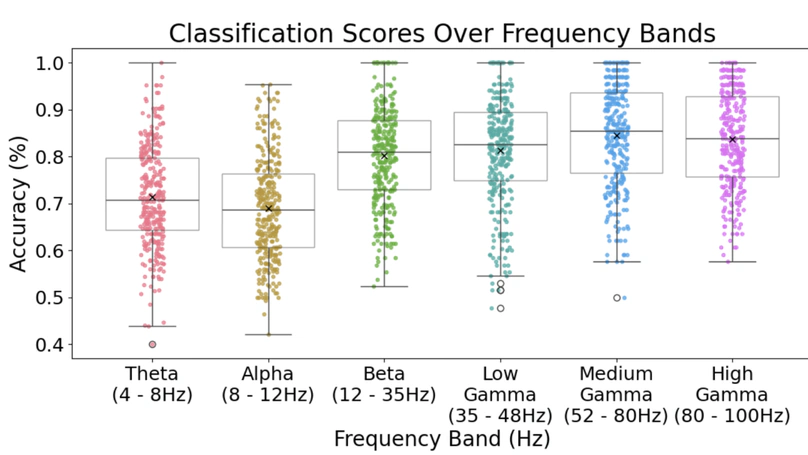
This study investigates the use of Riemannian geometry to classify mental workload from an EEG dataset collected in an aeronautical context. The analysis, based on EEG data recorded from 16 participants performing a Simon task, aimed to differentiate low and high workload conditions. Using covariance matrices and a Minimum Distance to Mean (MDM) classifier, the results demonstrate spatial effects of mental workload irrespective of the investigated spectral domain. This demonstrates that spatial information is distributed evenly across all explored frequency bands.
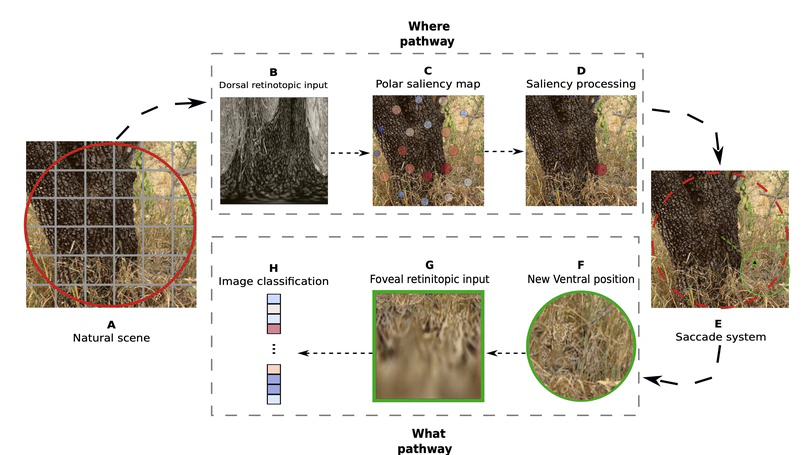
Convolutional Neural Networks (CNNs) have been widely used for categorisation tasks over the past decades. Many studies have attempted to improve their performance by increasing model complexity, adding parameters, or adopting alternative architectures such as transformers, which excel at large-scale benchmarks. However, these approaches often come at a high computational cost. We take a different approach, prioritizing ecological plausibility to achieve high accuracy with minimal computational cost. We focus on visual search — a task requiring both localisation and categorisation of a target object in natural scenes. Our work is inspired by the organisation of the primate visual system, which processes visual information through two distinct pathways: the ventral ‘‘What’’ pathway, responsible for object recognition, and the dorsal ‘‘Where’’ pathway, specialized in spatial localisation. Using this principle, we aim to evaluate the validity of a ‘‘what/where’’ approach, capable of selectively processing only the relevant areas of the visual scene with respect to the classification task. This selection relies on the implementation of a visual sensor (‘‘retina’’) that samples only part of the image, coupled with a map representing the regions of the image. This map, referred to as a ‘’likelihood map’’ is based on the probability of correctly identifying the target label. Depending on the case, it can be guided (resp not guided) by the target label, similar to the Grad-CAM (resp DFF). In both scenarios, we show improved classification performance when the eye shifts toward the region of interest, outperforming previously mentioned methods. Surprisingly, the gain in classification accuracy is offset by a reduction in the precision of object localisation within the scene. Beyond its computational benefits, this What-Where framework serves as an experimental tool to further investigate the neural mechanisms underlying visual processing.
Recent Events
We are recruiting a PhD student to work on neuromodulatory control of predictive processing in mouse vision, co-supervised by Ede Rancz (INMED) and myself.
Project Overview
This CENTURI project combines:
- Computational modeling (spiking and normative models)
- In vivo electrophysiology, imaging, behavior, and optogenetics
- Investigation of how serotonin and noradrenaline shape prediction error signaling during sensory-motor mismatch
Candidate Profile
- Motivated individual with a background in neuroscience or computational sciences
- Experience in either experimental in vivo work or modeling (Python, neural networks)
- Interest in working at the interface of theory and biology
Application Details
📄 Full project description 📬 Application form :rainbow_heart: We welcome applicants from all backgrounds and celebrate diversity and free creative thinking in our research environment.
Projects
Publications
Recent & Upcoming Talks
Grants
Contact
How to reach me
- laurent.perrinet@univ-amu.fr
- +33 619 478 120
- Institut de Neurosciences de la Timone (UMR 7289), Aix Marseille Université - CNRS, Faculté de Médecine - Bâtiment Neurosciences, 27, Bd Jean Moulin, Marseille, PACA 13385 Marseille Cedex 05
- When you reach the INT building, take the stairs to the second floor, then enter the open space on the left and follow it to the end of the room; my office is on the right-hand side.
- OrcID
- mastodon
- Bluesky
- ResearcherID
- NeuroTree
- Google Scholar
- Zotero
- Publons
- arXiv
- GitHub
- pixelfed
- stackoverflow
- LastFM
